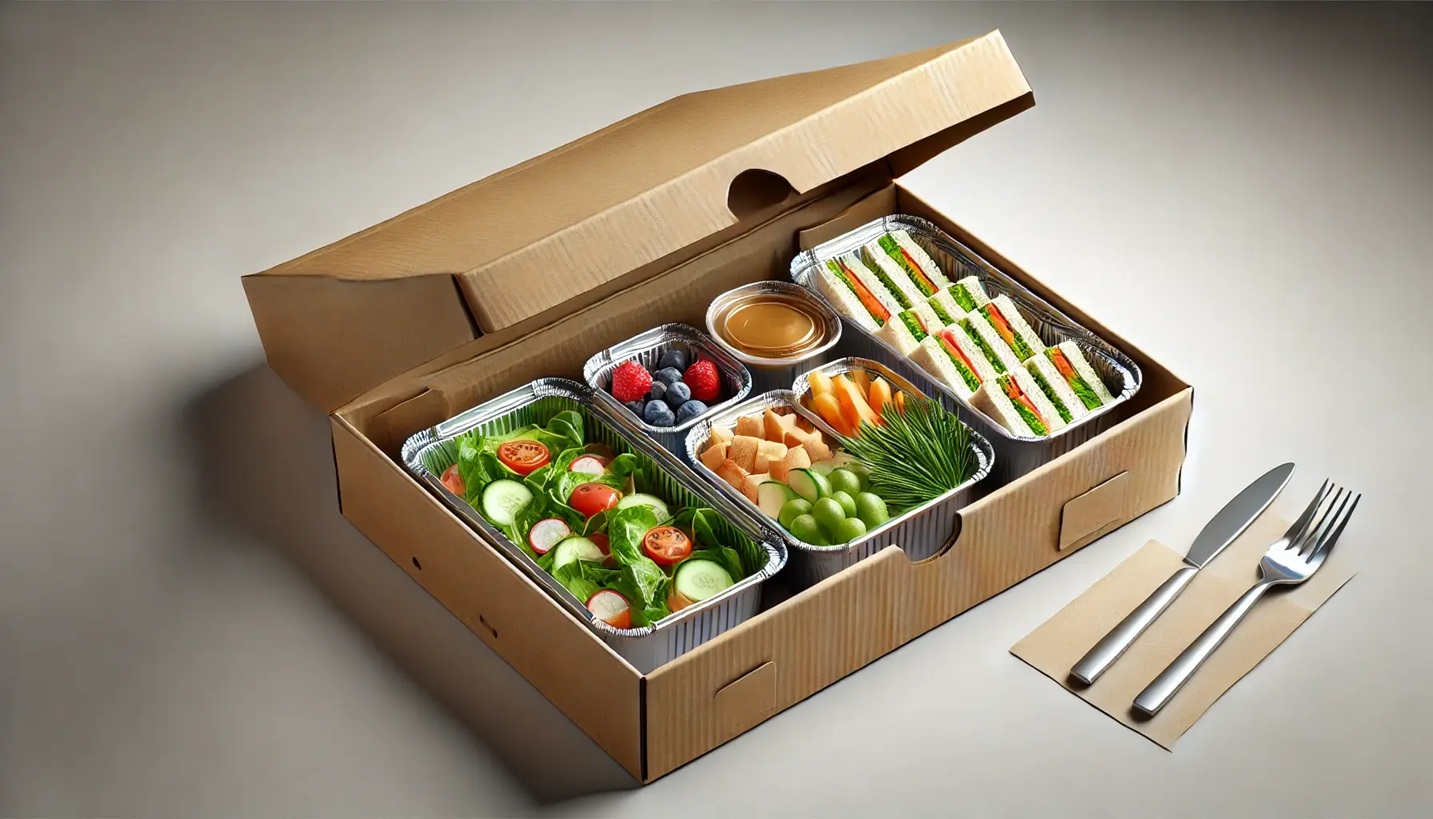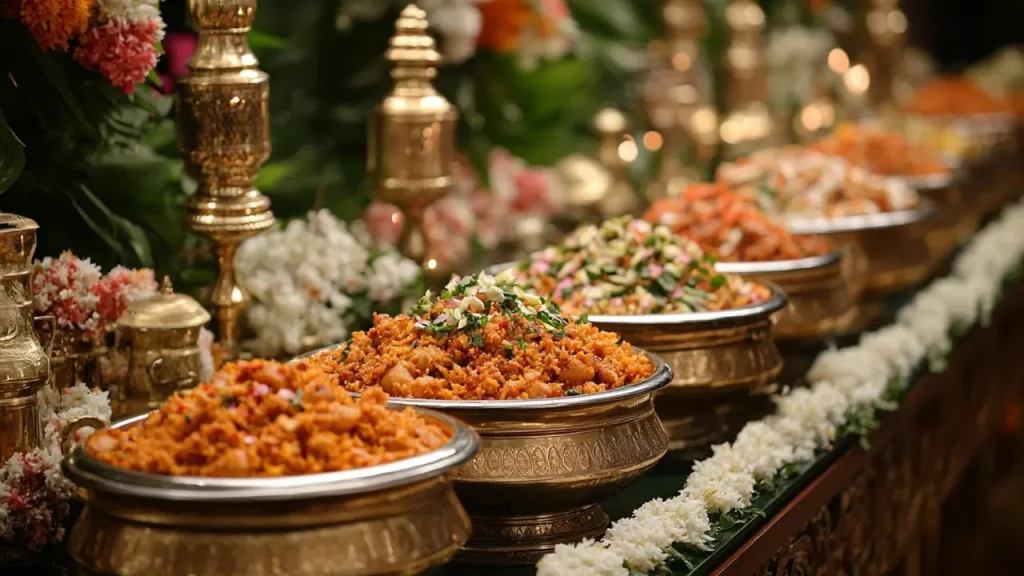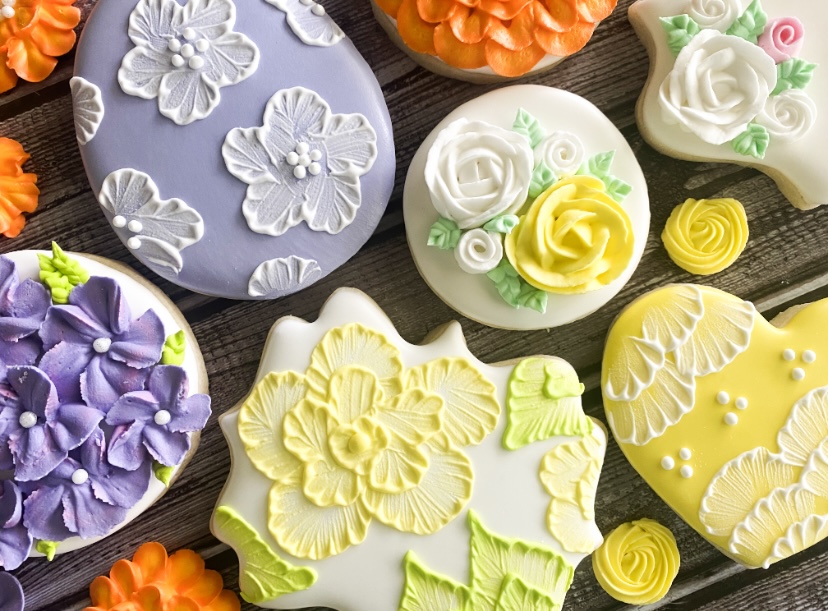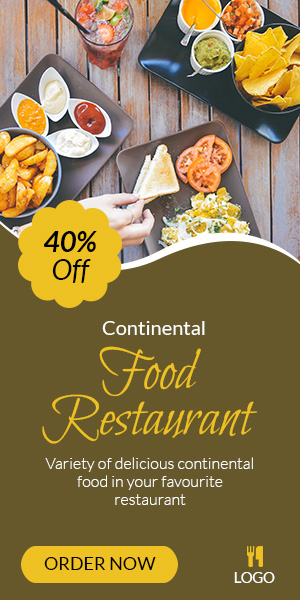Introduction
Food packaging boxes are more than containers; they are the guardians of taste, hygiene, and presentation in a society where meals travel swiftly from kitchens to tables. Much as ecosystems rely on the balance of many interdependent parts, our dining culture depends on packaging to preserve quality, reduce waste, and sustain trust between cook and consumer. In Singapore, where culinary diversity thrives in every district, the humble food box plays a critical part in shaping daily life.
The Biological Analogy of Preservation
Just as shells protect molluscs or cocoons guard the developing butterfly, food boxes shield meals from the assaults of air, moisture, and time. Without them, nutrients are lost, textures falter, and safety is compromised.
· Protects meals from bacterial contamination
· Maintains aroma and texture
· Extends shelf life by slowing natural decay
· Ensures meals arrive intact and appetising
One Singaporean chef put it simply: “A dish prepared with love can lose its meaning if it arrives poorly packaged. The box is as important as the recipe.”
The Convenience of Urban Living
Modern city life depends upon speed and reliability. Singapore’s hawker stalls, cafés, and restaurants all rely on efficient packaging to meet the expectations of their fast-paced customers. The right boxes allow food to travel across the city, surviving humid conditions without compromise.
· Sturdy containers prevent leaks and spills
· Stackable designs make bulk orders manageable
· Heat-resistant packaging allows safe reheating
· Compact forms save space for storage and transport
For workers collecting lunch or families ordering dinner, packaging is not an afterthought, it is part of the dining experience itself.
Sustainability and the Ecological Imperative
As an ecologist might remind us, no system can flourish indefinitely if it consumes beyond its means. Packaging, once purely functional, is now a reflection of environmental conscience. Singapore’s consumers increasingly request compostable or recyclable solutions, aware that every box carries a footprint.
Examples of sustainable innovations include:
· Boxes crafted from plant fibres
· Compostable containers for takeaway meals
· Lightweight packaging that reduces transport energy
· Recyclable paper-based alternatives replacing plastics
A Singaporean diner remarked: “I feel better enjoying my meal when I know the box will not linger in a landfill for centuries.”
The Science of Materials
Packaging design is not mere craft but science. Engineers and designers select materials with the same precision as biologists studying ecosystems. Cardboard, biodegradable plastics, and fibre composites each behave differently under heat, moisture, and pressure. Choosing the right box for soups, fried noodles, or delicate pastries is a process of careful matching, like pairing species with habitat.
Poor choices lead to soggy meals, collapsed containers, or wasted food. Good choices, by contrast, preserve the integrity of flavour and the dignity of dining.
Cultural Adaptation in Singapore
Singapore’s unique food culture demands versatile packaging solutions. A single hawker centre might offer everything from satay to laksa, sushi to soufflé. Each requires a distinct box.
· Moisture-resistant containers for soupy dishes
· Ventilated boxes for fried foods to stay crisp
· Insulated packaging for delicate desserts
· Multi-compartment boxes for mixed meals
One stallholder explained: “The box must match the dish. It cannot be one-size-fits-all. Good packaging respects the food as much as the cook does.”
The Psychology of Presentation
Humans, like many species, are guided by signals before action. Just as birds choose mates by display, diners form first impressions through packaging. A clean, well-sealed box communicates care and professionalism, while a flimsy or greasy container undermines trust.
Food packaging boxes therefore perform a subtle but powerful role in perception. They shape not only the taste experience but also the confidence consumers feel in the provider.
Economic Value of Effective Packaging
In commerce, as in nature, efficiency determines survival. For businesses, good packaging reduces waste, prevents costly refunds, and ensures smoother operations. For consumers, reliable boxes mean meals that endure the journey, remain intact, and taste as intended.
In Singapore’s crowded market, where competition is fierce, this small detail becomes decisive. Well-packaged meals are remembered and recommended; poorly packaged ones are rarely forgiven.
Looking to the Future
The evolution of packaging is not complete. Just as ecosystems adapt to new pressures, so too will food boxes change with technology and need. Emerging innovations include smart packaging that monitors freshness, and biodegradable materials that dissolve harmlessly into the environment.
Singapore, with its blend of tradition and innovation, is poised to lead in this arena. The next generation of packaging will not only protect food but also embody a commitment to environmental responsibility and consumer trust.
Final Reflections
In every civilisation, the way food is shared reflects the values of the people. Packaging, though silent and often overlooked, has become one of the defining elements of modern dining. It ensures safety, promotes convenience, and increasingly demonstrates responsibility toward the planet.
In Singapore, where meals connect people across cultures, the role of packaging takes on added weight. It is not merely a vessel but part of the ritual of eating, an unseen companion to flavour and tradition. For this reason, the story of food in the modern age cannot be told without honouring the essential role of food packaging boxes.







